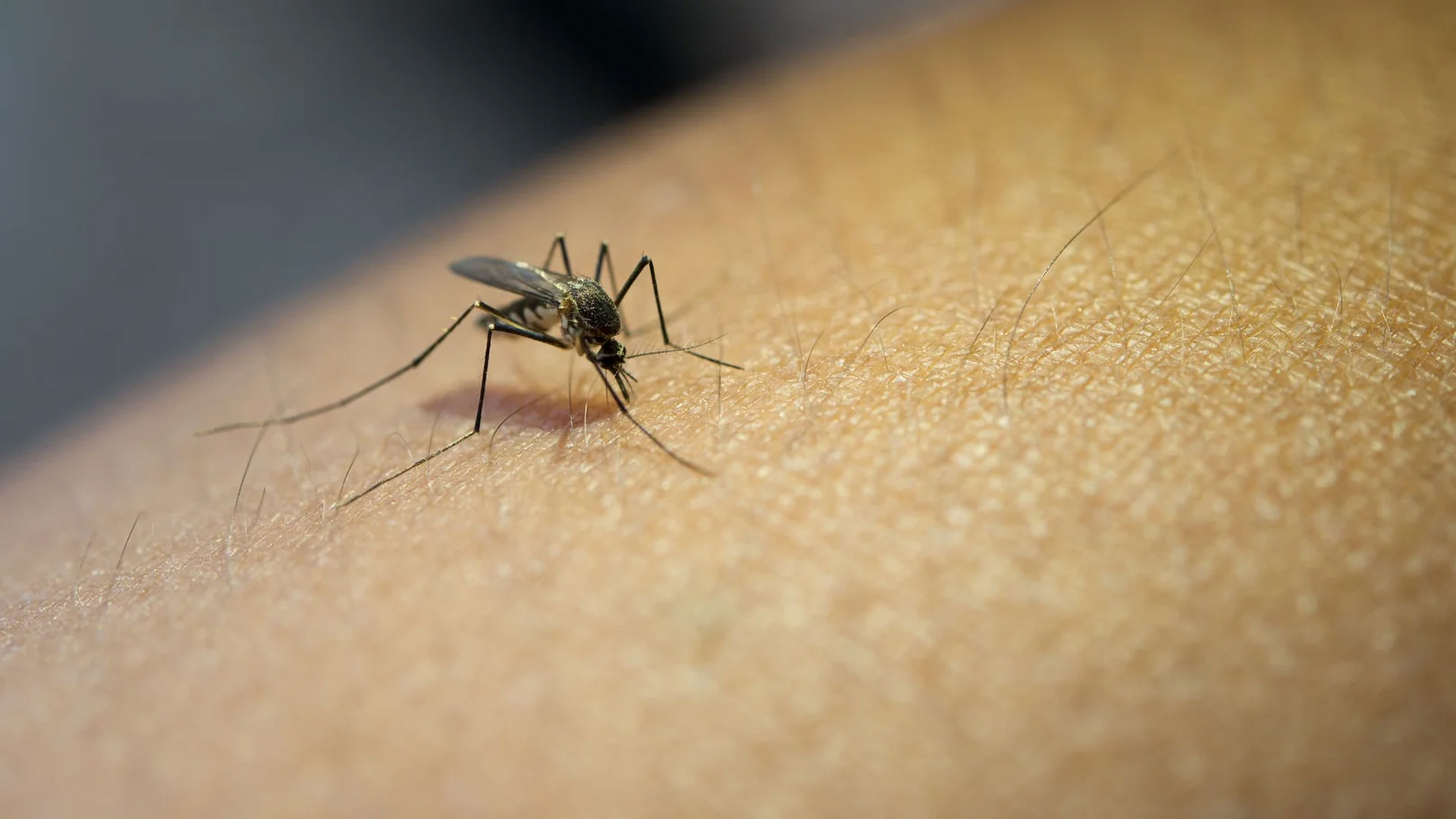"1 out of every 3 people suffers from obesity!"
What is obesity?
Obesity is defined as having a fat mass above normal and at a level that may put one's health at risk. Obesity is a multifactorial, chronic and relapsing disease. It is associated with genetic, epigenetic, biological, psychological, sociocultural and financial factors. The prevalence of obesity in the adult population in the world has doubled in female individuals and tripled in male individuals from 1975 to 2014. According to World Health Organisation (WHO) data, the number of individuals with obesity in the world in 2016 was 650 million and the number of overweight individuals was 1.9 billion. In Türkiye, the number of individuals with obesity is increasing in children and adolescents as well as adults. Obesity, the disease of our age, is a metabolic disease rather than a cosmetic problem.
Diagnosis
There are methods such as the determination of body fat mass, waist circumference, and waist-hip ratio in the determination of obesity. Body Mass Index (BMI) is calculated by dividing weight by height in square meters (m²) and is defined as the weight-for-height index. It is frequently used because it is easy to calculate, low cost and reproducible. The World Health Organisation has set a BMI equal to or greater than 25 for the definition of 'overweight' and a BMI equal to or greater than 30 for the definition of 'obesity' in adults. "Individuals with a BMI between 30-34.9 kg/m² are defined as first-degree obesity, individuals with a BMI between 35-39.9 kg/m² are defined as second-degree obesity, while individuals with a BMI of ≥40 kg/m² are defined as third-degree obesity (advanced obesity), which is the riskiest group in terms of complications of obesity." in adults of both sexes and all ages. BMI provides the most useful population-level measure of overweight and obesity in adults of both sexes and all ages, but in some cases, it may not directly correspond to the definition of obesity. When defining obesity for children, age and percentile values are taken into consideration. A waist circumference greater than 88 cm in women and 102 cm in men is risky in terms of comorbidity and health. A healthy waist-to-hip ratio of less than 1 for men and less than 0.8 for women is considered healthy.
Obesity prevalence
According to the findings of the Türkiye Beslenme ve Sağlık Araştırması (TBSA) in 2010, the percentage of individuals with obesity in our country was 41% in women, 20.5% in men and 30.3% in total obesity. According to the World Health Organisation (WHO) data presented in 2014, more than 600 million individuals with obesity were identified in adults. According to the 2016 report, individuals with obesity were found to be 650 million in the world and more than 16 million in Türkiye. Our country is the country where overweight people are frequently encountered in Europe with a rate of 29.5%. According to WHO data, between 1975 and 2016, the number of individuals living with obesity tripled the number of individuals living with obesity in previous years and has reached epidemic proportions today. In line with the estimated data, it is predicted that by 2025, 2.7 billion adults will be overweight, more than 1 billion adults will have obesity, and 177 million adults will be significantly affected by obesity.
Etiology
The main cause of obesity is explained as the long-term imbalance in energy as a result of less than sufficient energy expenditure in addition to more than normal energy intake. Unbalanced and irregular nutrition, lack of physical activity, consumption of high-calorie liquid and solid food, genetic factors, wrong nutritional behaviours acquired in childhood cause the presence of obesity. Cardiovascular diseases, neurological diseases, hormone disorders, psychiatric disorders, respiratory system damages, gastrointestinal system diseases, genitourinary system disorders can be observed. The education level, marital status, gender, number of children, age, nutritional structure, frequency of smoking, alcohol using and many other factors play a role in the formation of obesity.
Nutrition treatment
It is aimed to minimize muscle loss and reduce fat mass in individuals with obesity. A sustainable, balanced and regular diet program should be created with medical nutrition therapy for the person with obesity. The energy expended should be higher than the energy taken into the body with nutrients, macronutrient distributions should be in balanced amounts and varieties, there should be no hunger, and diet therapy should be applied in a way to give a sense of satisfaction. The main point of obesity treatment is medical nutrition therapy. Nutrition education with the support of a dietician and follow-up of the individual are important for medical nutrition therapy. In the treatment of obesity, the social environment of the individual is an essential point in physical activity as well as being effective in food choices. Reducing total simple sugar and fat consumption, increasing fresh fruit and vegetable consumption, eating a diet rich in legumes and whole-grain foods, and increasing daily physical activity (60 minutes a day in children and 150 minutes a week in adults) are among the general recommendations of the World Health Organisation.
Behavioural treatment
In order to ensure the long-term success of behavior changing individuals with obesity, nutrition and exercise should be combined. In physical activity; it also aims to increase weight loss, ideal body weight management or to prevent the formation of excess fat mass. There are 3 main items from the definition of behavioral change. Individuals with obesity should firstly set an achievable goal for themselves. Secondly, they should continue these behaviors and sustainability should be ensured, and motivation should be created for their progress. Thirdly, a different goal should be set for the continuation of these healthy habits in the future. The progression of changes in nutrition and physical activity by self-observation is an effective behavioural change method for weight management and is an important point of behavioural obesity treatment.
Medical treatment
Pharmacological interventions are a preferred option in the treatment of obesity. The main drugs used in the treatment of obesity can be divided into three categories; drugs that disrupt food absorption in the periphery, drugs that affect the central system that reduce food intake and drugs that increase energy consumption. The interpretation of whether the drugs have given a favorable result for the patient should be made after 3 months. If the weight reduction in the individual is as expected (>5% weight reduction in healthy individuals and >3% weight reduction in individuals with diabetes), the use of medication should be continued. Currently, the European Medicines Agency (EMA) has approved three drugs and the US Food and Drug Administration (FDA) has approved four drugs for the treatment of obesity. The main purpose of using drug therapy to manage obesity is to increase adherence to lifestyle changes in the individual with obesity and to support biological adaptations that occur with weight loss.
Surgical treatment
Surgical treatment may be considered for individuals with obesity who have unsuccessful weight loss experiences (under the supervision of endocrinologist, dietician, specialist exercise trainer, clinical psychologist). The difference of bariatric surgery from other treatments is that it has effective results in the treatment of many diseases caused by obesity. Bariatric surgery, which is an option for the treatment of obesity, is an option that can be applied in individuals followed by a multidisciplinary team. The types of surgery performed today are divided into 3 main types absorption-distorting technique, volume-reducing technique and combined technique. According to the guidelines, the weight loss aimed by the individual, treatment of related diseases, risk factors, preference of the individual, and experience of the clinic should be determined and the most appropriate surgical technique should be preferred accordingly. Laparoscopic Adjustable Gastric Band (LAGB), Roux-en-Y Gastric Bypass (RYGB), Sleeve Gastrectomy (SG) and Biliopancreatic Diversion-Duodenal Switch (BPD-DS) are the standard surgical techniques accepted worldwide. The weight loss aimed by the individual, treatment of related diseases, risk factors, preference of the individual, and experience of the clinic should be determined and the most appropriate surgical technique should be preferred accordingly.
Comorbidities
Obesity, which affects human health, can be treated and deaths from the diseases it causes can be prevented. The comorbidity of obesity include hypertension, type 2 diabetes, hyperlipidemia, non-alcoholic fatty liver disease, gastro-esophageal reflux disease, polycystic ovary syndrome, cerebrovascular disease, cardiovascular diseases, biliary tract disease, cancer types, infertility, sleep apnea syndrome, osteoarthritis, psychiatric disorders and various similar diseases. Obesity is a multifactorial, chronic and recurrent disease, which is seen in every country and age group in the world, regardless of gender, and constitutes a serious public health problem by leading to other chronic diseases. Providing permanent changes in the lifestyle of an individual with obesity with weight loss and achieving health gains is essential in the prevention and treatment of these diseases.
Role of the dietitian
Gaining suitable eating habits in individuals with obesity is one of the main points of non-pharmacological treatment. Nutritional interventions performed by expert dietitians play an essential role in managing obesity. Individual-specific recommendations are essential in nutritional treatment, rather than explaining general data on nutrition to the individual. It is aimed to provide the right information that the individual with obesity can add to his/her life according to his/her perception, need and desire. According to current approaches, dietitians establish mutual and healthy communication with the individual and act as a companions on this journey. In this way, instead of a prescriptive and restrictive way in the nutritional treatment of individuals with obesity, there is a perspective that provides an environment for the individual to actively accompany the individual. Thus, long-term success and a sustainable approach are achieved. Not only the existing comorbidities of obesity, but also other factors such as the patient's daily routine, physical activity level and individual habits are taken into account in a well-implemented nutritional intervention. Many studies have found positive results on the effect of dietitian consultation and follow-up in individuals with obesity. Dietitians are competent health professionals in the field of weight management and are defined as the most important professional group to provide nutrition therapy.
Quality of life
Several aspects of quality of life are impaired in individuals living with obesity, including low self-esteem, impaired psychosocial functioning, decreased physical activity and sexual dysfunction. Quality of life is one of the markers of well-being in people with obesity. Increased body weight and body mass index (BMI) may lead to a decrease in quality of life and contribute to a decrease in life expectancy. The main goal of current treatment modalities in the treatment of obesity is to provide long-term improvement in quality of life.
Summary
Obesity, which is a disease of our age and has increased rapidly in recent years, is a metabolic disease rather than a cosmetic problem. Treatment for individuals with obesity is possible with lifestyle changes provided by the combination of nutrition and physical activity behavior. Obesity and obesity-related comorbidities pose many health risks. For medical nutrition therapy, medical treatment, behavioral therapy and surgical treatment, a multidisciplinary team of experts in the field should be worked with. Obesity can be prevented and treated with a sustainable approach.
1. Apovian C.M, et al. Pharmacological management of obesity: An endocrine Society clinical practice guideline (2015).
2. Bleich S.N, et al. Enhancing the role of nutrition professionals in weight management: A cross-sectional survey (2015).
3. Blüher, M. Obesity: Global epidemiology and pathogenesis. (2019).
4. Camacho S, Ruppel A. Is the calorie concept a real solution to the obesity epidemic? (2017).
5. Cruz M.R.R, et al. Predictors of Success in Bariatric Surgery: The Role of BMI and Preoperative Comorbidities (2018).
6. Donini L, et al. Disability, Physical Inactivity, and Impaired Health-related Quality of Life are not Different in Metabolically Healthy vs. Unhealthy Obese Subjects (2016).
7. Gadde K, Atkins K. The Limits and Challenges of Antiobesity Pharmacotherapy. (2020)
8. Garaulet M, Perez de Heredia F. Behavioural therapy in the treatment of obesity (II): Role of the Mediterranean Diet (2010).
9. Harvey J, et al. Log Often, Lose More: Electronic Dietary Self-Monitoring for Weight Loss (2019).
10. Jakobsen G.S, et al. Association of Bariatric Surgery vs Medical Obesity Treatment With Long-term Medical Complications and Obesity-Related Comorbidities (2018).
11. Karadayı B, et al. The Role of Obesity Surgery in Obesity Treatment in Turkey (2017).
12. Obezite Tanı ve Tedavi Kılavuzu. Türkiye Endokrinoloji ve Metabolizma Derneği (2019).
13. Olszewska M, et al. Epidemiology and pathogenesis of obesity (2018).
14. Onat A, et al. Tıp Dünyasının Kronik Hastalıklara Yaklaşımına Öncülük (2017)
15. Öcal H, Aygen E. Obezitenin Cerrahi Tedavisi (2018).
16. Paccosi S, et al. Obesity Therapy: How and Why? (2020).
















